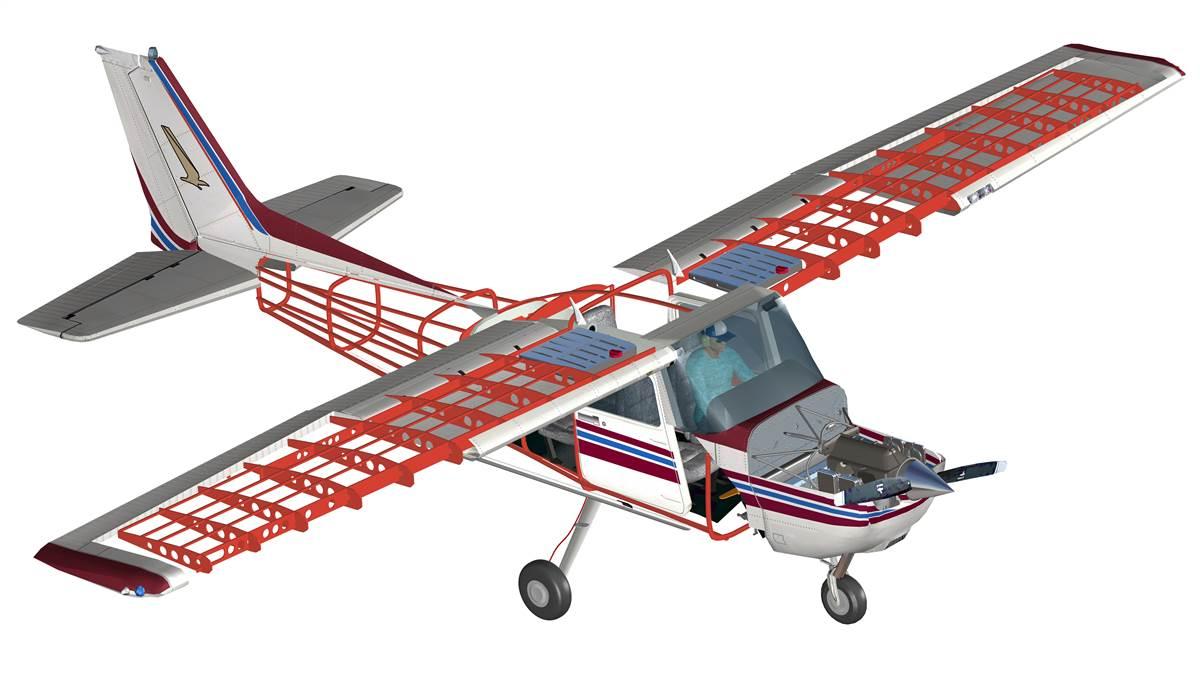
Most training airplanesbuilt today are based on a structure where the skin carries the stress and the load. It’s called monocoque or semimonocoque, depending on how much substructure is built in.
The easiest way to envision this is an egg. You’ve probably heard (or tried if you’re brave) that an egg can be squeezed hard if the surrounding pressure is fairly equal. But it’s easy to crack on a bowl when you’re making an omelet. Airplanes built with a monocoque structure work the same way.
In a semimonocoque structure like that of the Cessna 172, aluminum skin is stretched over a series of stringers, formers, and longerons. When intact, the skin can take a tremendous amount of force without breaking. But as soon as a crack or hole begins, the entire structure is compromised. Contrast this with a fabric-and-tube airplane, most of which will fly fine with fabric only on the wings.

